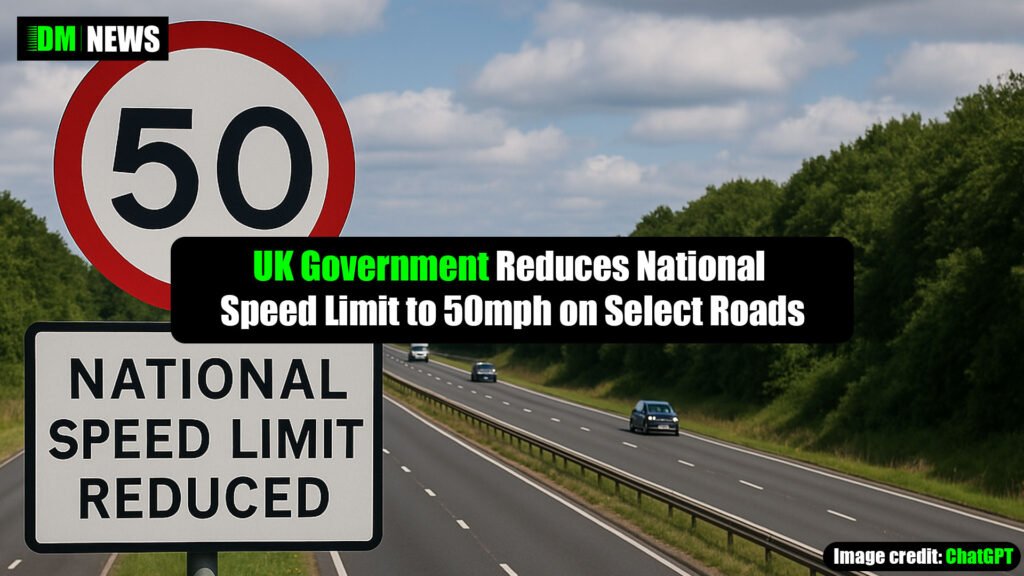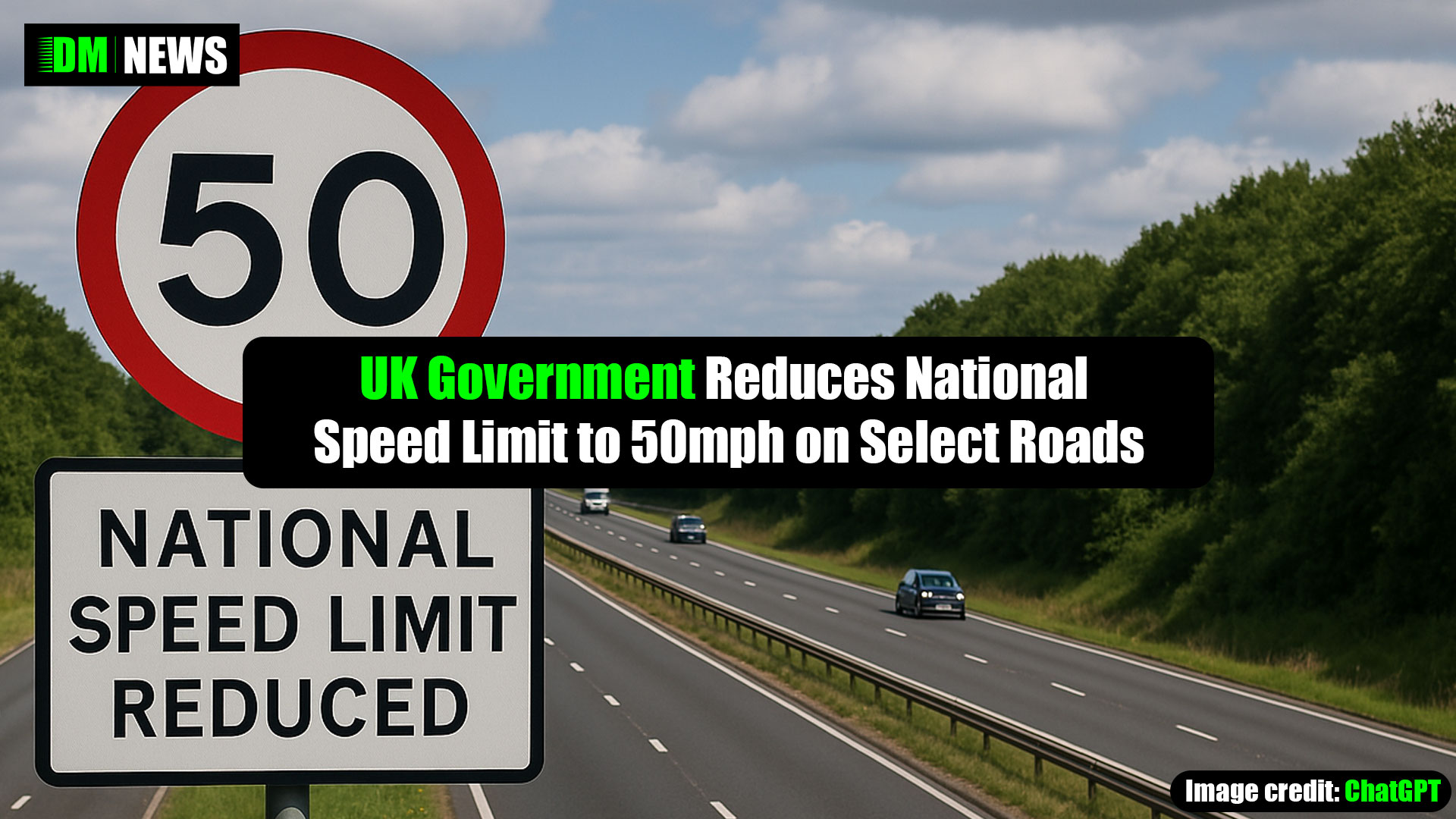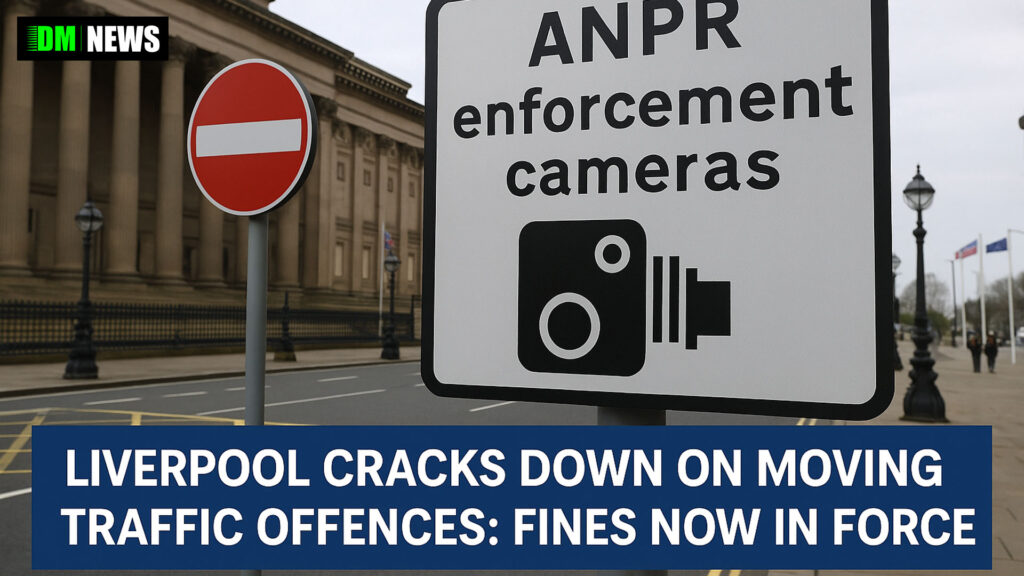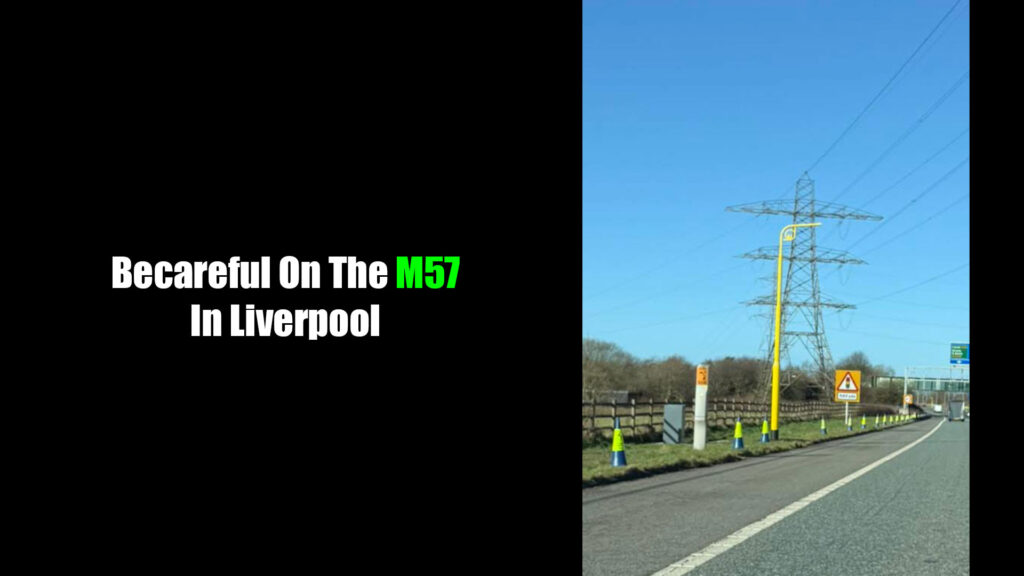In a significant move aimed at enhancing road safety and improving air quality, the UK government has announced the reduction of the national speed limit from 70mph to 50mph on specific sections of motorways and A-roads. This decision follows extensive research indicating that lower speed limits can lead to a decrease in vehicular emissions and a reduction in road traffic accidents.

Targeted Speed Limit Reductions
One of the notable implementations of this policy is on the M23 motorway near Hooley village in Surrey. Effective from March 31, 2025, the northbound M23 Junction 7 exit slip road has seen its speed limit reduced from 70mph to 50mph. Similarly, the A23 London Road North between M23 Junction 7 and Hooley village now has a reduced speed limit of 40mph, down from the previous 50mph. Within Hooley village itself, the A23 Brighton Road’s speed limit has been lowered from 40mph to 30mph in both directions. These changes are part of a broader strategy to address the higher-than-average collision rates in the area over the past five years, with speeding identified as a contributing factor.
Air Quality Improvement Initiatives
Beyond safety concerns, the reduction in speed limits is also being utilized as a tool to combat air pollution. National Highways has initiated trials where speed limits are lowered to 60mph on certain road sections to assess the impact on nitrogen dioxide (NO₂) levels. Preliminary findings suggest that reducing the speed limit from 70mph to 60mph can lead to a 17% decrease in NO₂ emissions. These trials are part of the government’s commitment to improving air quality and meeting environmental standards.
Historical Context and Future Considerations
The concept of lowering speed limits for safety and environmental benefits is not new. During the 1973 oil crisis, the UK temporarily reduced speed limits to conserve fuel. More recently, in 2009, there were consultations about reducing speed limits on rural roads to address the high percentage of fatalities occurring on these routes.
Public Response and Compliance
The implementation of reduced speed limits has elicited varied responses from the public. While some drivers express frustration over longer travel times, others acknowledge the potential benefits in terms of safety and environmental impact. Compliance with the new speed limits is crucial for their effectiveness. Enforcement measures, including speed cameras and increased patrols, are being employed to ensure adherence. Motorists are reminded that exceeding speed limits can result in fines and penalty points on their driving licenses.
Conclusion
The UK’s decision to reduce speed limits on certain roads reflects a multifaceted approach to addressing road safety and environmental concerns. By implementing these changes, the government aims to create safer travel conditions, reduce emissions, and promote a healthier environment for all road users.






